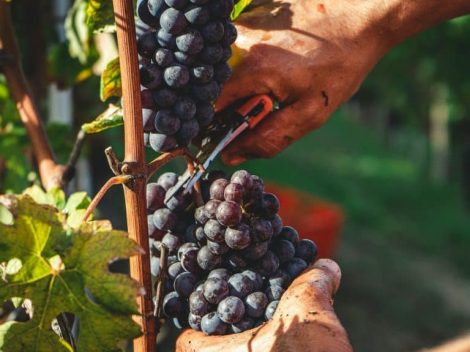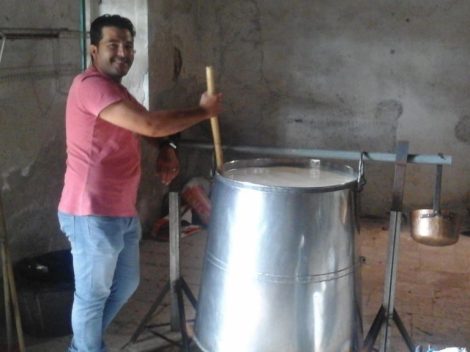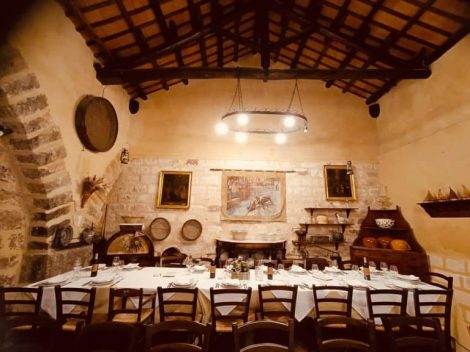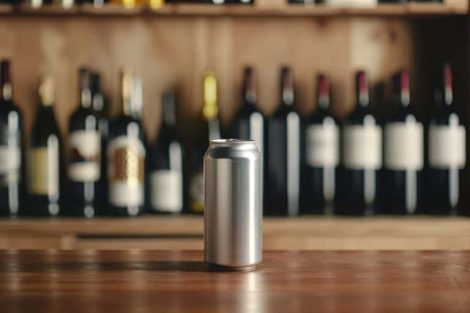It seems that the white grape variety Chenin Blanc—long associated with its homeland, the Loire Valley—once undervalued, could become the future of winemaking in a world increasingly warm and thirsty for fresh and versatile wines. This is how Madeleine Stenwreth, Master of Wine and international consultant, describes the potential of this grape in words that sound like a manifesto for a revolution spurred by climate change. It is a variety with “naturally very high acidity,” which, as Stenwreth explains, thrives in Mediterranean climates that are becoming ever warmer, where many grapes, such as Chardonnay, are beginning to struggle.
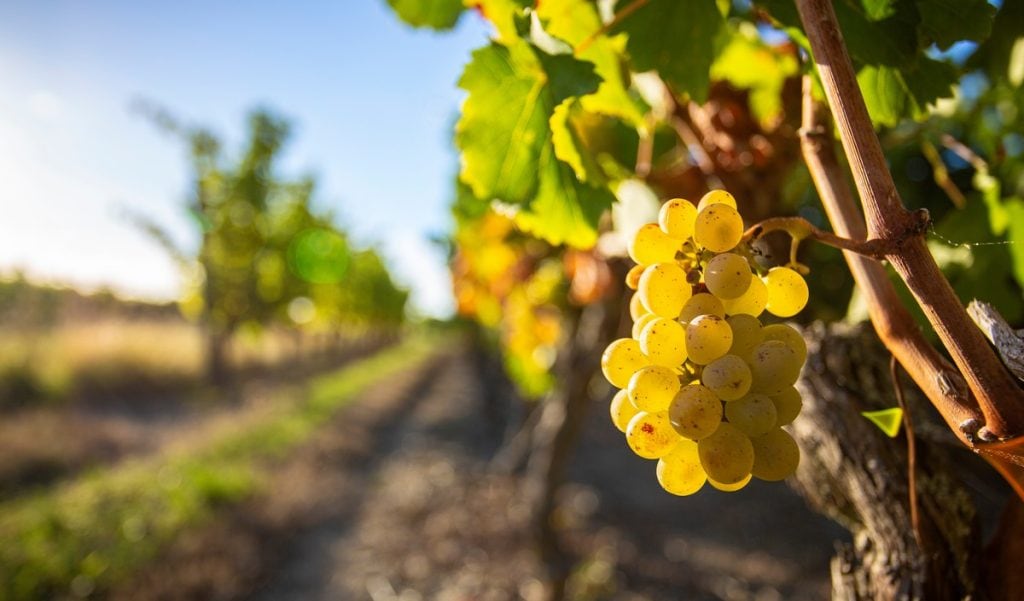
Bunch of Chardonnay grapes
Chenin Blanc vs Chardonnay
Global warming is reshaping the face of key wine regions, and with it, the most popular and beloved grape varieties for consumers. One of the most fascinating surprises in this scenario is Chenin Blanc, a grape long considered less prestigious than the renowned Chardonnay, but now emerging due to its versatility and resilience. As recounted by Patrick Schmitt, Master of Wine and author of a recent article in The Drink Business magazine, this white grape variety could become the perfect alternative to the better-known Chardonnay if global temperatures continue to rise.
Madeleine Stenwreth also explains to Gambero Rosso why Chenin Blanc could gain more ground in global vineyards. “Its acidity makes it particularly suitable for Mediterranean climates,” says Stenwreth. “In South Africa, for instance, it is a variety that perfectly matches the climate, producing balanced and enjoyable wines, whether vinified dry, sparkling, or sweet.” South Africa, in fact, boasts the largest cultivated area of Chenin Blanc, and local producers have turned this grape into their flagship.
“The popularity of this variety in South Africa has also encouraged its use on labels, which hasn’t always been the case in France, or more specifically, the Loire,” Stenwreth continues. However, its role is evolving, as South African Chenin is increasingly expressing its terroir. Thanks to winemakers' ability to interpret its qualities and characteristics in relation to the place of cultivation, even in this part of the world, origin is surpassing variety on labels. Stenwreth had the opportunity to judge several Chenin Blanc wines from these areas during a competition in South Africa (where she selected the top ten among 130 Chenins from across the country) and observed how the grape’s characteristics perfectly suit today’s winemaking climate and methods.
From the Loire to Australia
However, it’s not just South Africa where Chenin Blanc is proving its extraordinary potential. In other wine regions, such as Western Australia, the variety is also demonstrating impressive capability. “The areas of Margaret River and Swan Valley (the most important wine regions in Western Australia, ed.) have produced some of the best Chenin Blancs I’ve ever tasted outside of South Africa and the Loire,” recounts the Swedish Master of Wine. It is in these parts of the world, with long, dry summers and vineyards influenced by the surrounding cold ocean, that this grape finds ideal conditions to thrive.
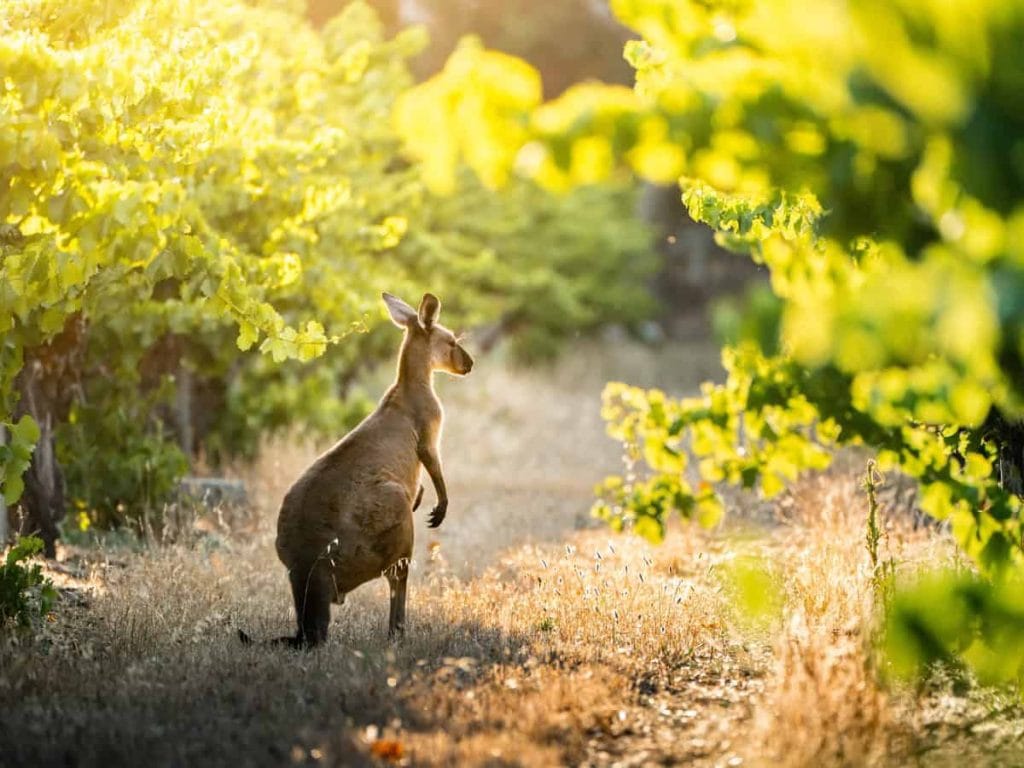
But the Loire Valley in France remains the undisputed benchmark for Chenin Blanc, even though the region’s climate conditions are changing rapidly, altering local producers' perception of the grape. Despite climate change, these grapes can now ripen perfectly in the Loire Valley while maintaining their famous freshness. “Even when we harvest late, we’re still able to preserve the freshness,” says Guillaume Paris, a producer in Vouvray, one of the most famous Chenin Blanc zones, to The Drink Business. This ability to adapt to both cold and warm climates, combined with the variety of styles it allows—from dry to sparkling to sweet—is making Chenin Blanc one of the most exciting wines of the moment.
An Alternative to Chardonnay
The future of this white grape is far from monotonal, with producers experimenting with vinification techniques and working on ageing with lees to add even more complexity to their wines. “I’ve seen many producers treat Chenin Blanc like Chardonnay, working with lees contact, but instead of focusing on new barrels—as with Chardonnay—they use older oak barrels for both fermentation and ageing, in order to protect the variety’s integrity and reflect the terroir,” Stenwreth tells Gambero Rosso. “In this style, Chenin performs extraordinarily well,” she adds, alongside ageing techniques using cement tanks, terracotta amphorae, ceramic eggs, or even qvevri.
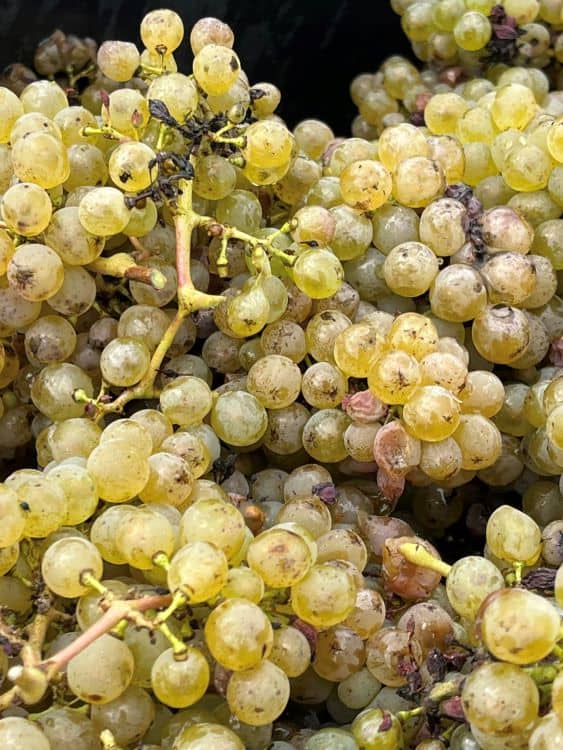
Bunch of chenin blanc grapes
“I believe this variety can offer world-class wines at prices that are still undervalued,” adds Stenwreth, suggesting that its potential value is still under-recognised compared to its renown: “For example, if you pay thirty euros for a Chardonnay, you’ll get extreme quality for the same price with a Chenin Blanc because producers don’t yet have the confidence to ask the same prices they do for their top Chardonnays.”
However, there are challenges to consider, especially in sparkling wine production. “Attempting to produce high-quality sparkling wines with Chenin Blanc can be tricky in areas where some vines have less protective foliage and structure for the clusters, in hotter years or climates where overly warm summers can cause slight sunburn,” explains Stenwreth. In this context, the skins risk imparting a phenolic sensation, making it harder to achieve truly elegant and refined wines. Despite this, Chenin Blanc’s qualities for dry and sweet wines are nearly unparalleled.
Changing Climates, Changing Tastes
There is also a significant global movement focusing on the study and appreciation of old vines, which, according to the Swedish Master of Wine, will certainly benefit Chenin Blanc: “If I think of all the bottles of certified old-vine wines in South Africa, which now must be at least 35 years old—and considering that most of these bottles are Chenin Blanc—I believe this will contribute to pushing the variety towards positive development,” she notes. Adding, “Given that other countries are currently promoting this variety, the Loire Valley remains one of the few regions where producers do not write Chenin Blanc on the label, preferring to focus on origin rather than the variety.”
Thus, as climate change reshapes the wine landscape, Chenin Blanc emerges as one of the most promising answers. Thanks to its ability to maintain freshness and texture in increasingly challenging climatic conditions, it could become one of the key varieties in the future of winemaking, offering a viable and often more accessible alternative to Chardonnay. But as the Master of Wine reminds us: “Chardonnay will always be present, no matter what happens with the climate, because it is such a strong international variety. Chenin Blanc has the potential, as a category, to gain market share against Chardonnay, especially in areas where it is difficult to achieve the necessary quality level to justify certain prices. In these climatic zones, Chenin Blanc could indeed produce superior quality wines with greater interest.”

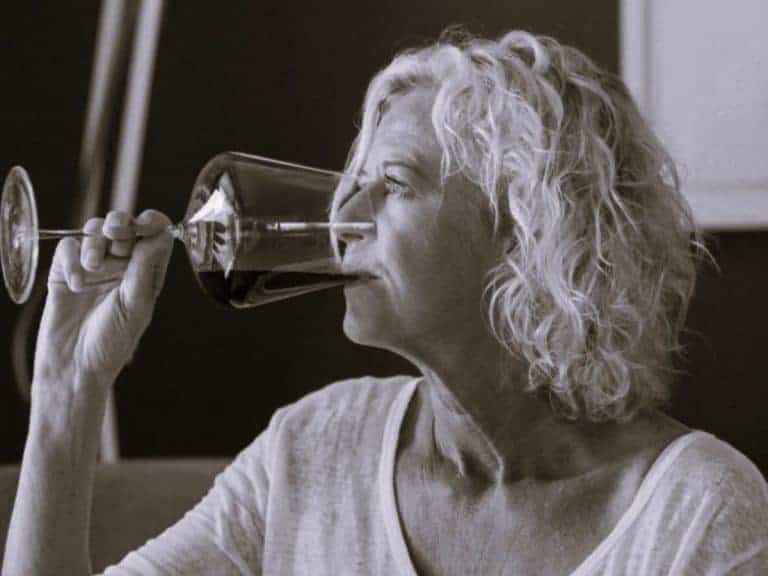
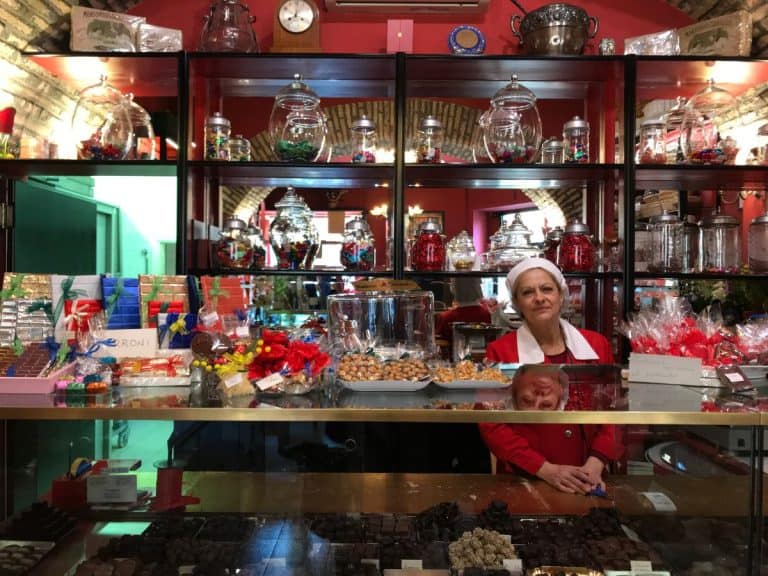 The ancient chocolate factory hidden in the alleys of Rome
The ancient chocolate factory hidden in the alleys of Rome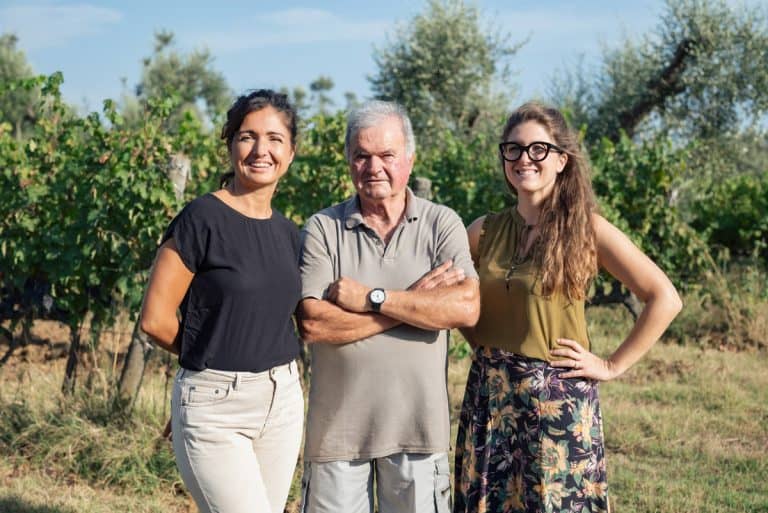 The two sisters carrying forward one of the first wineries to bet on Bolgheri
The two sisters carrying forward one of the first wineries to bet on Bolgheri Women are the best sommeliers. Here are the scientific studies
Women are the best sommeliers. Here are the scientific studies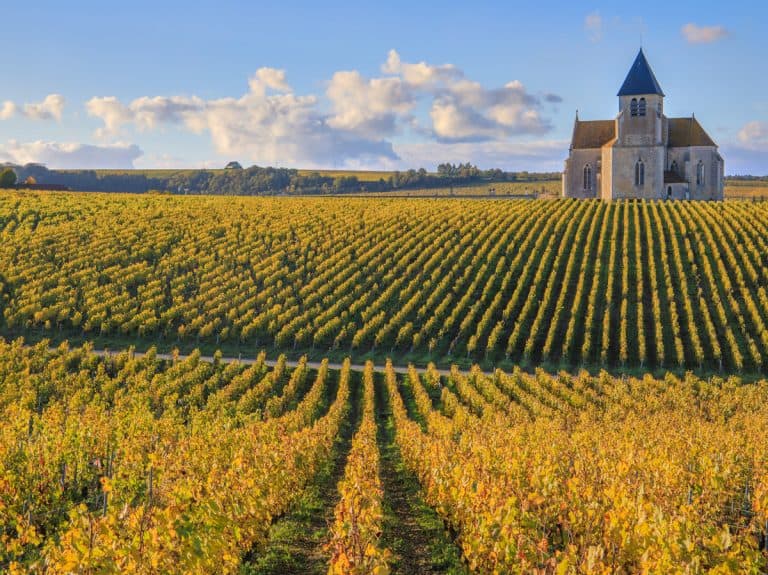 Burgundy’s resilience: growth in fine French wines despite a challenging vintage
Burgundy’s resilience: growth in fine French wines despite a challenging vintage Wine promotion, vineyard uprooting, and support for dealcoholised wines: the European Commission's historic compromise on viticulture
Wine promotion, vineyard uprooting, and support for dealcoholised wines: the European Commission's historic compromise on viticulture